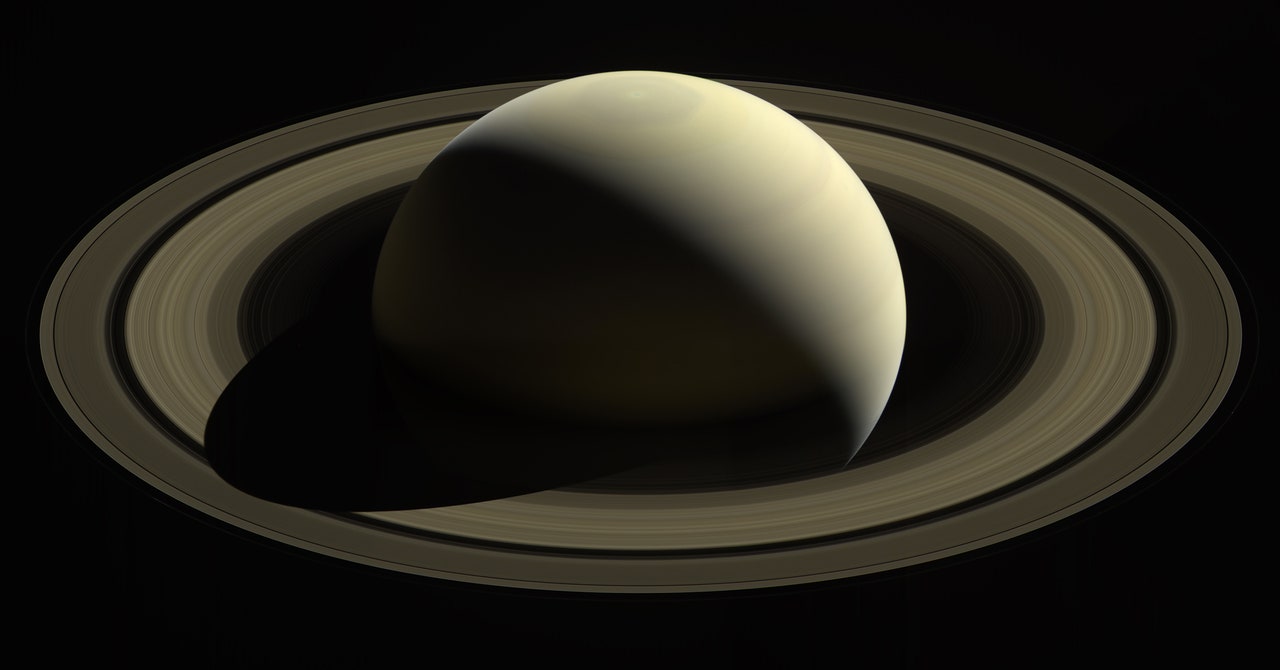In 1781, astronomer William Herschel discovered a new planet. He wanted to name it Georgian Sidus (George’s Star) after King George III, but all of the other planets in the solar system were named after Roman gods. Fellow astronomer Johanne Bode suggested the name Uranus (a Greek god) would be a better fit, though it took another 50 years for the name to catch on.
Almost every major planet in the solar system is named after a Roman god or goddess. Some of the planets are named because of their behavior: Mercury, for example, is named after the messenger of the gods because it appears to move through the sky so quickly. (It does so because it orbits so close to the sun.) And behemoth Jupiter is named after the king of the gods. While the planets are named after Roman deities in the Western world, they have different names in other contexts. The ancient Greeks called them by their Greek god names, unsurprisingly: Jupiter was Zeus, Mercury was Hermes, and Venus was Aphrodite. The ancient Babylonians also named the planets after their deities: Jupiter was Marduk, Mercury was Nebo, and Venus was the goddess Ishtar.
This week we are going on an epic adventure to visit every planet and learn about their namesakes, so grab your trident and winged sandals and join us on a trip through the solar system.

